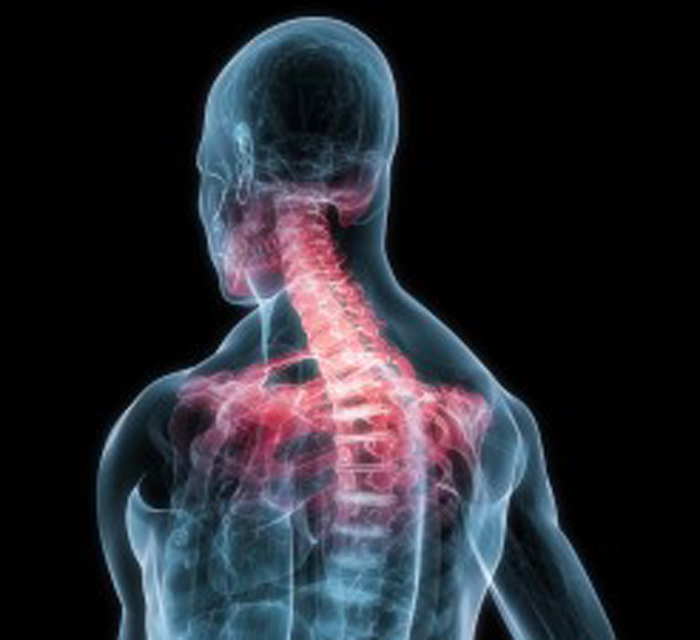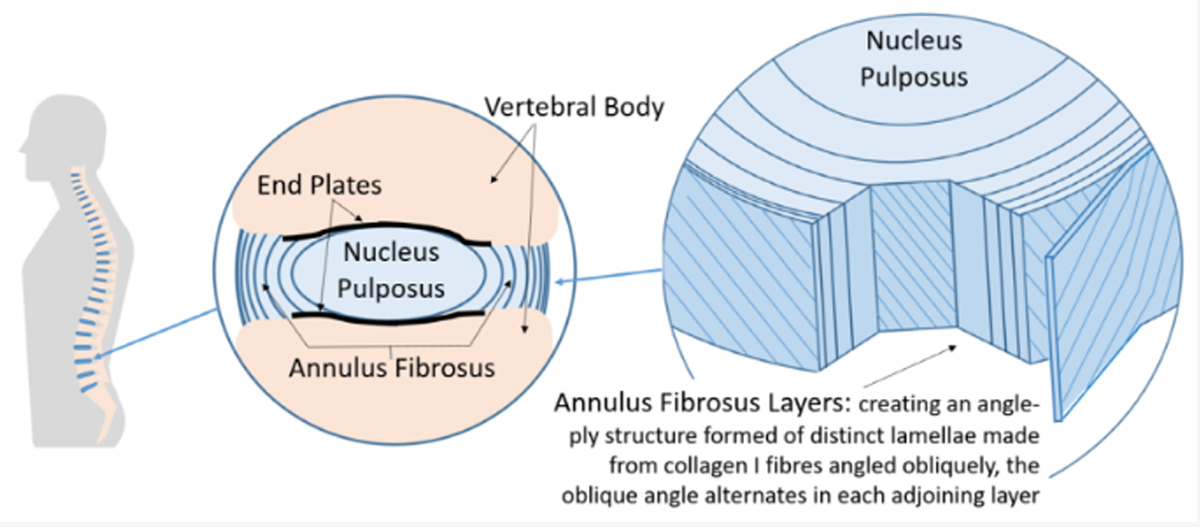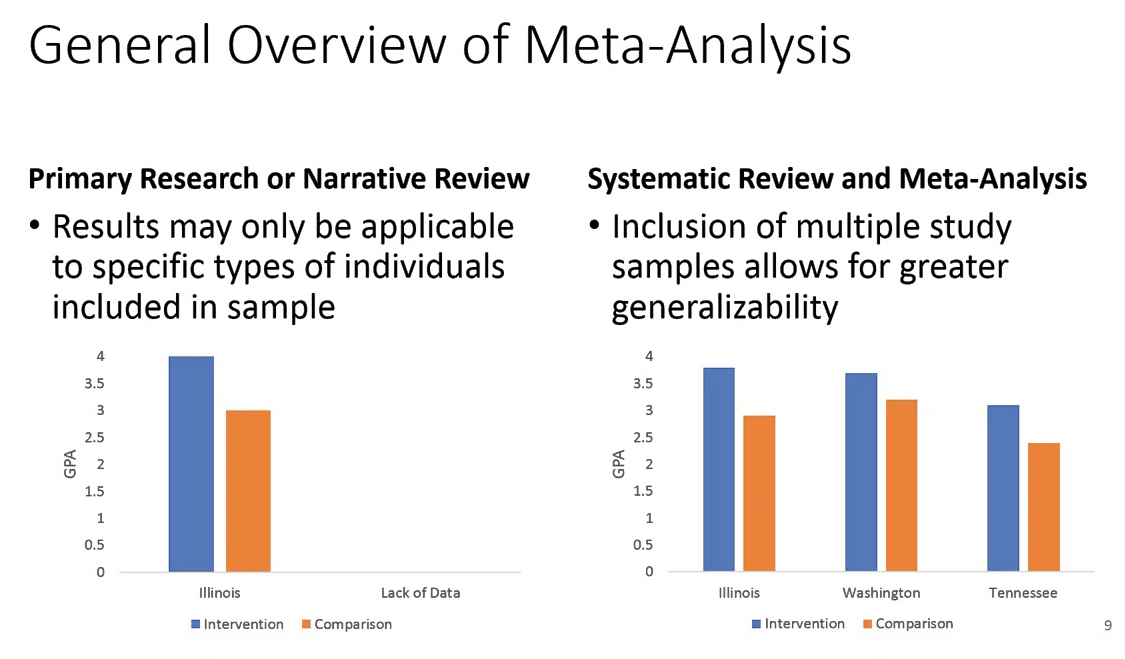Tissue Loading Created During Spinal Manipulation in Comparison to Loading Created by Passive Spinal Movements
SOURCE: Sci Rep. 2016 (Dec 1); 6: 38107
Martha Funabashi, Gregory N. Kawchuk, Albert H. Vette,
Peter Goldsmith, and Narasimha Prasad
Department of Physical Therapy,
University of Alberta,
Edmonton, AB, Canada
Spinal manipulative therapy (SMT) creates health benefits for some while for others, no benefit or even adverse events. Understanding these differential responses is important to optimize patient care and safety. Toward this, characterizing how loads created by SMT relate to those created by typical motions is fundamental. Using robotic testing, it is now possible to make these comparisons to determine if SMT generates unique loading scenarios. In 12 porcine cadavers, SMT and passive motions were applied to the L3/L4 segment and the resulting kinematics tracked. The L3/L4 segment was removed, mounted in a parallel robot and kinematics of SMT and passive movements replayed robotically. The resulting forces experienced by L3/L4 were collected. Overall, SMT created both significantly greater and smaller loads compared to passive motions, with SMT generating greater anterioposterior peak force (the direction of force application) compared to all passive motions. In some comparisons, SMT did not create significantly different loads in the intact specimen, but did so in specific spinal tissues. Despite methodological differences between studies, SMT forces and loading rates fell below published injury values. Future studies are warranted to understand if loading scenarios unique to SMT confer its differential therapeutic effects.
From the FULL TEXT Article:
Introduction
Spinal manipulative therapy (SMT) is a clinical intervention for low back pain which, by some estimates, is the most frequently used form of complementary and alternative medicine (CAM). [1] Similarly, SMT is also one of the most studied CAM interventions with over 250 systematic reviews and 550 randomized controlled trials since 2000.
There are more articles like this @ our:
Low Back Pain and Chiropractic Page
and the:
Unfortunately, this volume of literature is polarized, with an almost equal number of publications describing the benefit of SMT or its lack of therapeutic effect. Toward understanding this discrepancy, recent studies have suggested that some forms of low back pain respond to SMT while others do not. Specifically, SMT creates significant changes in spinal stiffness, muscle response and disc diffusion in SMT responders while these same changes are not observed in SMT non-responders. [2–4] In addition, approximately 30–50% of persons who receive SMT experience some kind of benign adverse event that typically self-resolves in 24–48 hours [5–7], with a minority of patients experiencing serious adverse events. [8–10] However, causation in these cases remains controversial. [7, 9–12]
To better understand this range of therapeutic responses in persons receiving SMT, it is important to understand the loads that are imparted to the spine as a result of SMT application. In response, we have developed a robotic technique that is capable of quantifying the in-situ loads experienced by spinal segments as well as specific spinal tissues. By robotically replicating the same kinematics experienced during SMT and sequentially removing specific spinal tissues between kinematic replication, the change in loading following spinal tissue removal can be considered to be the load experienced by that specific tissue. Using this approach, we have shown that, during the application of SMT on the skin overlying the L3 transverse process, the intervertebral disc is the spinal structure that experiences the greatest loads. [13]
While this approach can determine the load distribution within spinal tissues affected by SMT, we do not yet understand the importance of the magnitude of these loads. Specifically, we lack a frame of reference to understand whether these loads are larger, smaller or equal to those experienced by the spine during everyday motions. Having this comparison is fundamental toward identifying if unique spinal loads arise from SMT. If unique SMT loads exist compared to those arising in typical spinal motion, then it may be these loads that confer the beneficial (or harmful) effects of SMT. While previous investigations have reported vertebral motion, intradiscal pressure and spinal loading as a result of SMT [13–15] or typical spine movements [16, 17], methodological differences between these investigations preclude the direct comparison of biomechanical characteristics (e.g., spinal loading) during SMT application and typical movements. Therefore, a unified investigation of spinal loading during the application of both SMT and typical movements in one study within a single model using a standardized testing protocol is needed to identify if SMT provides unique loading features.
Given the above, the objective of this study was to compare loads in a lumbar spine segment arising from SMT and passive spinal movements (flexion, extension and axial rotation) using an established cadaveric model. We hypothesized the existence of significantly different forces arising from SMT when compared to those arising from passive movements.
SOURCE: Read the rest of this Full Text article now!






Leave A Comment